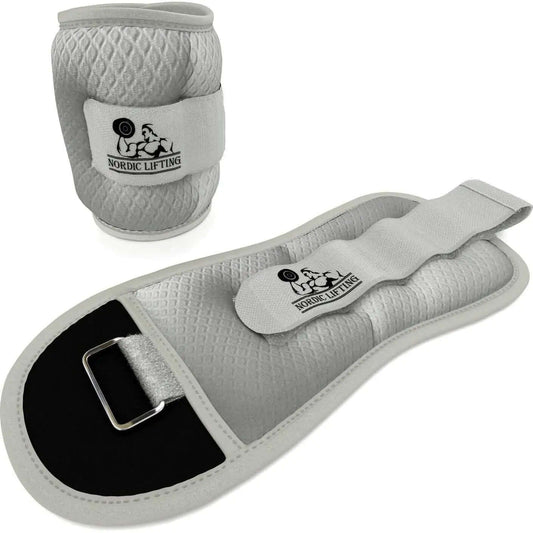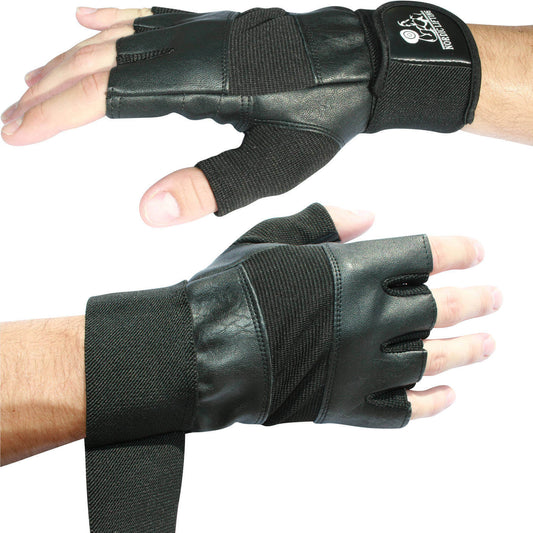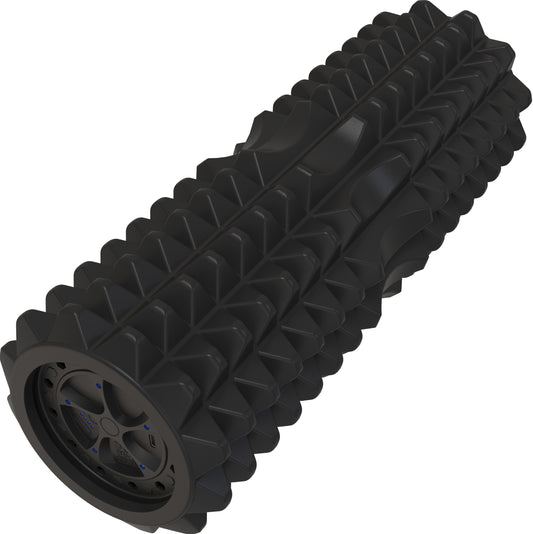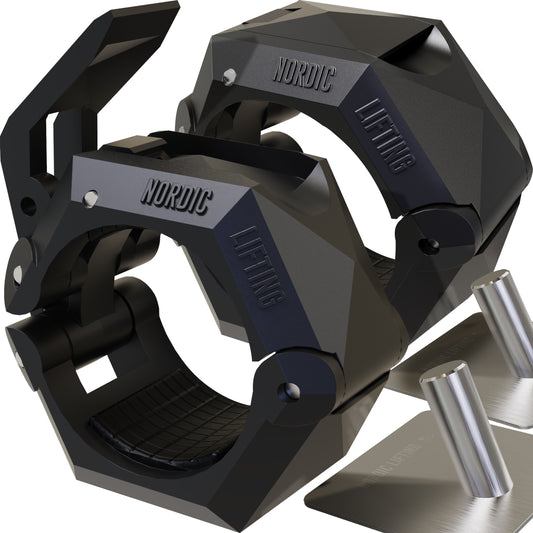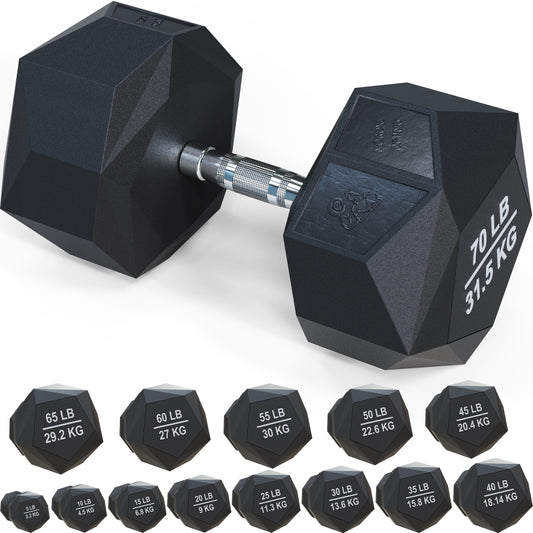
Picture this: you’re on your way home after your final workout session of the week, muscles still bulging from those impeccable final few sets that you managed to squeeze out. What a week it’s been! You haven’t missed a single day of training; you stuck to your diet almost 100%, and you still have the drive to keep pushing forward and keep going tomorrow.
Upon first glance, this scenario sounds just about perfect. The perseverance to keep on pushing, the mental fortitude to deal with post-workout strains, and the dedication to stick to an optimal diet—they're all in there. However, there’s one key element that’s missing, an element that is vital to any successful training program. A key piece of the puzzle often ends up being detrimental to your workout in its entirety. What is it? Very simple—smart and effective resting.
So, where do we begin?
Step 1: SELF-EVALUATION
First things first, you have to establish your physical capabilities and how they sync with your choice of workout. As important as confidence is, making an incorrect judgement in this regard can severely impair your progress.
I’ve met countless people who were incredibly eager to train and who made a gigantic leap of faith from being almost completely physically inactive straight on to grueling and restless training routines. Want to know what they had in common? Almost all of them quit around 1–2 months later.
Being self-aware of your workout doesn’t just mean selecting the one that suits you the best. It also means making the correct decisions when evaluating your rest.
For example, someone with little to no sporting background should not auto select the classic scenario of “1 workout day, 1 rest day.” The initial 2-3 weeks of starting a training regime are difficult, and improper rest during that time is often the cause of people giving up. Your body struggles to adjust to the sudden changes in physical movement while your metabolism tries its best to cope with the shift. A lack of rest further aggravates the situation, and before you know it, you’re out.
My advice to all beginners is to start slow and include 2 days of rest in between workouts. The fact of the matter is that the amount of time for DOMS to kick in varies between people, and 2 days will result in a balanced and more sustainable rest period. Maintain the 2-day rest period for 2-4 weeks before attempting a shift in your recovery period.
*Can’t bear to spend 2 days without breaking a sweat? Include a light jog in one of them or get yourself a foam roller and take a look at all the great rolling exercises you can do!
Step 2: MAKING ACTIVE ADAPTATIONS
Upon establishing your rest period, attempting to actually maintain it becomes the next really important step. Whether the initial training excitement fades and your biggest struggle is resting for 1 day instead of 3 or you quickly develop into a gym-addicted junkie, certain that every day of skipping gym is basically a complete waste of time, the importance of resting does not diminish one single bit.
Before I continue, allow me to list just some of the side effects of failing to maintain healthy rest:
- Trouble sleeping
- Mood problems
- Imbalanced appetite
- Constant exhaustion
- Possible burnout
- Increased risk of injury

So, if you’ve recently started to work out and are feeling some of these symptoms, it is highly possible that you are not properly managing your rest schedule. But enough about problems; let’s talk solutions!
A thing that people point to as being a key element actually sounds quite vague: listen to your body and respond accordingly. As mentioned previously, each individual responds to exercise in different ways, and there is no clear-cut solution that would benefit everyone’s needs. But the reality of it is quite simple: actively think about what you’re doing, experiment with different solutions, and monitor your body’s responses. Here are a few examples:
-
You’re a novice, and you currently take 1 rest day between working out and resting. You rarely feel pain during your workouts, but you often get exhausted before they end. You also noticed you’ve begun to get aggravated quicker and sometimes have trouble waking up.
-
Possible solution: Stick to 2-day break periods while gradually increasing workout intensity. Include more stamina-building exercises into your routines. After 3-4 weeks slowly rotate back to 1-day rest periods and track your body’s response. If you kept to your workouts honestly you should feel a notable change in mood & physical recovery.
-
You’re a slightly more advanced user, with around 6 months of experience. You do 5-day uninterrupted workouts with 2 days for rest on the weekend. Your first 3 days of the week seem normal, but you have difficulties on Thursdays and Fridays and have trouble falling asleep on the weekends.
-
Possible solution: More intricate workouts require more detailed solutions, so in such a situation,
2 courses of action are possible:- Instead of having 5 uninterrupted days of training, try shifting your routine to 1 workout day followed by 1 full rest day. This would mean switching one of your weekend rest days to a workout day but would leave you with more overall rest time. However, the added recuperation periods will allow you to gradually strengthen your workouts, resulting in greater gains over time and more energy overall.
- If you insist on maintaining your 5-day workout regime, you will have to make changes within your daily exercises. Instead of hammering your body for 5 days straight, include lighter, more cardio-focused drills on Wednesdays and Fridays. Add extensive dynamic stretching and foam rolling sets. Wednesday’s lighter workout will allow your body to rest in the middle of the week while the one on Friday will act as a smooth transition over to your weekend rest period.
-
These are just a few examples of how imperfect workout routines can be improved by, paradoxically, adding more rest to them. But the truth is overtraining is a real thing and should not be taken lightly. Just like the saying goes, “It’s not how hard you train, it’s how well you recover.”
Cherish your body and allow it the rest it deserves. Trust me, you’ll love the results!
Step 3: RESTING WHEN WORKING OUT
At first glance that might sound like a weird statement. The gym is meant for pumping iron, getting your sweat on, making gains, right?

Now obviously I’m not saying that you should be taking naps on the leg press but there is a lot to know about resting in between exercises as well as individual sets. I see so many people at my local gym frantically going through their routines, sprinting from one machine to another without catching a breath. Some of them would start working out later than me and get out of the gym before I did while doing more exercises in that small time frame.
Not allowing your body to recuperate in between exercises is detrimental to your physical improvement as well as your stamina. I definitely suggest checking out this article which explains the different levels of rest that are required based on your exercise routine, your primary workout goals and other deciding factors – definitely worth a read! For a simpler approach, try to stick to these 3 guidelines for resting:
-
Breathing. When working out intensely, many people struggle to find balance between steady breathing and physical activity. It’s easy to get focused on doing the exercise right, holding stable posture, pushing yourself to max reps but you mustn’t do it at the expense of you catching a breath. In short:
When doing heavy-weight exercises take deep breaths, exhale thoroughly and perform them at a slow pace without allowing your breathing to spike heavily. After completing your set, allow your breathing to return to regular before moving on to the next exercise (around 30-90 sec.)
When doing high-intensity workouts, your breathing rate will naturally increase. You must maintain steady inhale and exhale throughout your set. After completing an exercise, allow your breathing to slow down before proceeding, keeping slightly above regular breathing pace throughout the workout. -
Stretching. Most of us are used to stretching before our workouts, some do light stretching both before and after. Few people stretch in-between exercises.
While it is not necessary for everyone and definitely not required after each and every set, in some scenarios, stretching can prove to be beneficial. For example, after completing exercises heavy on your back I highly recommend performing additional stretches for 1-2 min. before proceeding to your next exercise. And after working hard on your calves, spend around 30 seconds walking on your toes to give them that extra stretch. - These mini stretches allow your muscles to loosen up after being worked, resulting in reduced DOMS pains as well as increased growth.
-
Resting between exercises. There’s a lot to be said about resting between exercises and the experience varies between different people, various exercise routines and other factors. But there are 2 pieces of advice that everyone can stick to:
Rest for about as long between exercises as you rested between the sets of your previous exercise. For example, if you took 60 second breaks between sets of exercise #1, take at least a 60 second break before moving on to exercise #2. -
Remember step 2 and listen to your body. Stronger areas of your body will be perfectly fine when you stick to the advice above. Weaker ones will have trouble adapting. Don’t just mindlessly power through every exercise, feel, think and adapt!







